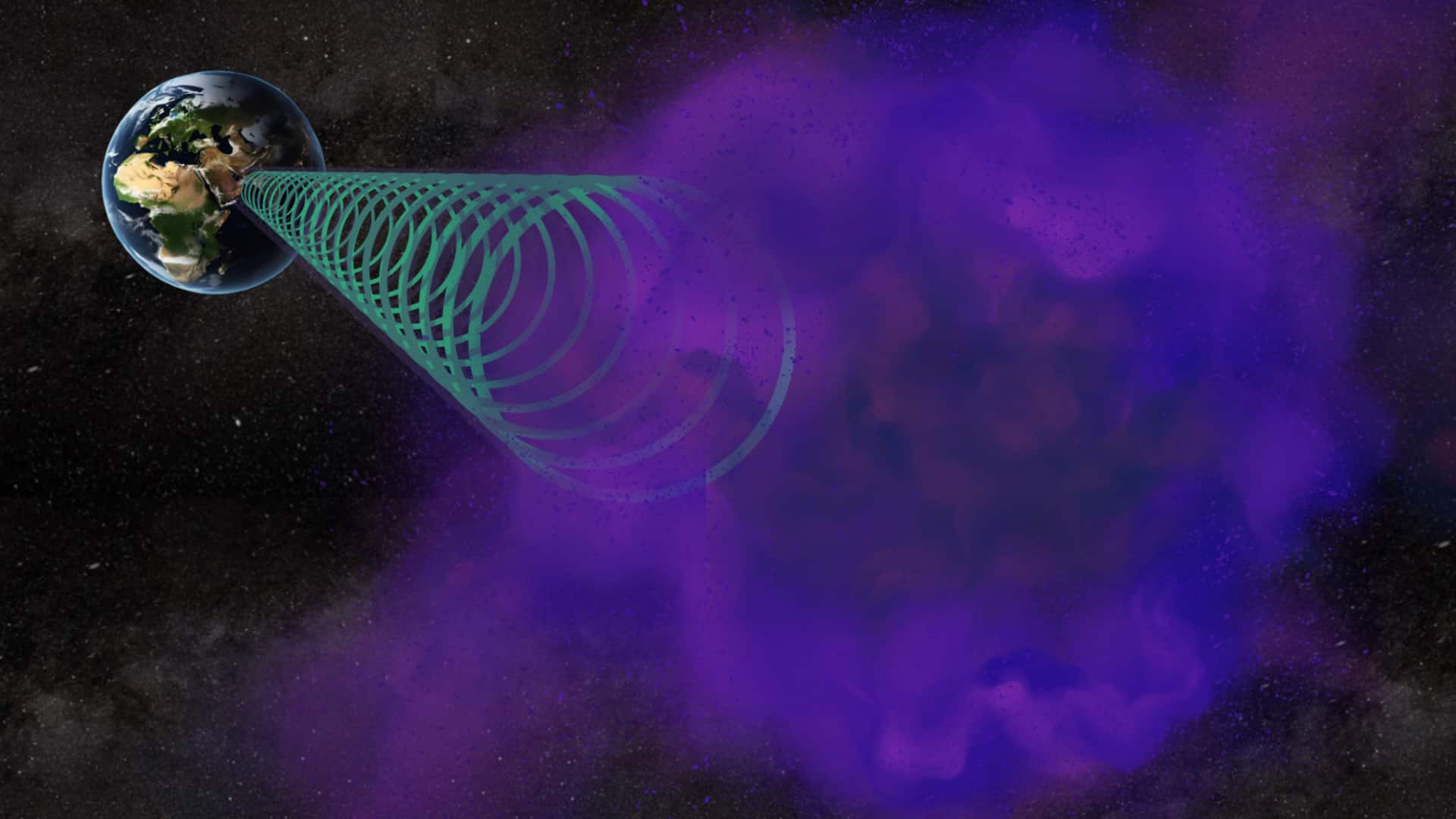
This NASA probe will reveal the insides of alien worlds
What's the story
NASA is developing a revolutionary probe called the Gravity Imaging Radio Observer (GIRO) to explore a variety of celestial bodies. The small, battery-powered radio probe will use gravity fields to map the interiors and compositions of distant worlds. "GIRO is a small radio probe that reflects radio signals sent from the host spacecraft that carried and released it," Ryan Park, principal engineer at NASA, told Space.com.
Function
How the probe will work
GIRO has been designed to detect slight changes in the gravitational fields of planets, moons, and asteroids. The idea for this innovative probe was detailed in a paper published last month in The Planetary Science Journal. "As the probe and the host spacecraft orbit (or fly by) a target body together in formation, variations or 'lumpiness' in the body's gravity field cause very small changes in the orbits of both," Park explained.
Exploration tool
Mapping the internal structure of celestial bodies
By studying these Doppler signatures and mapping gravity fields with high precision, scientists can deduce the internal structure as well as dynamics of celestial bodies. This information is vital for understanding their density, mass, composition, formation history, and potential geological activity. "GIRO would be particularly useful — and even essential — for problems that require the recovery of high-accuracy gravity fields," Park said.
Efficiency
GIRO will be highly accurate
GIRO is tipped to provide 10-100 times better accuracy than conventional ground-based radiometric tracking. This level of precision will allow detailed mapping of gravity fields, revealing subtle features of a planet/moon's interior structure.
Mission integration
Part of planetary mission in 1-3 years
GIRO could be integrated into a planetary mission within one to three years, depending on budgetary and political constraints. "The most important milestones before integration involve building and testing flight-like prototypes in environments that closely simulate actual mission conditions," Park said. Once these milestones are met, GIRO could be included in upcoming missions targeting asteroids, moons or outer planets.